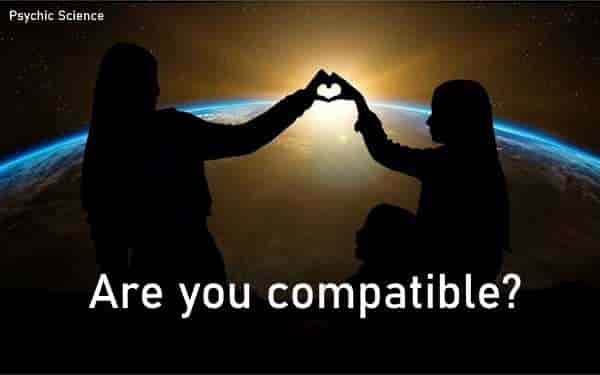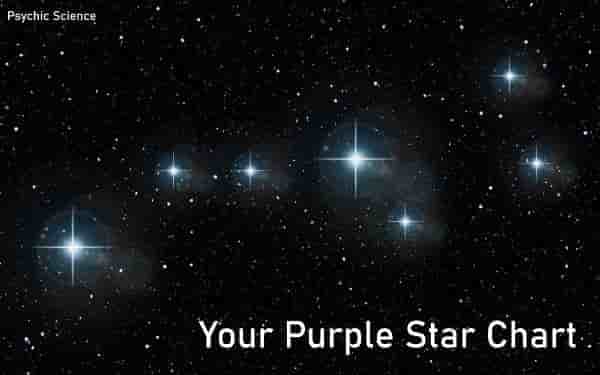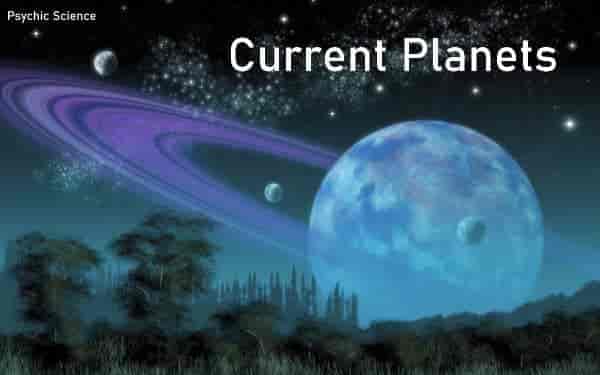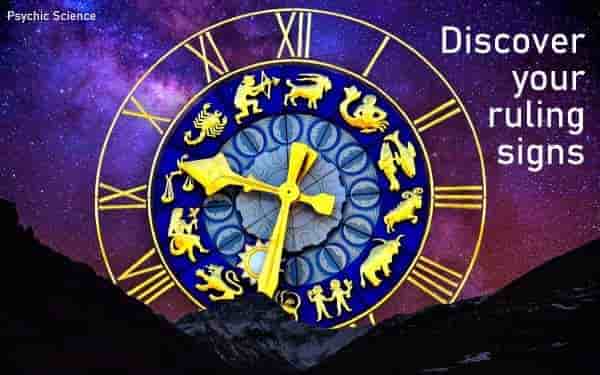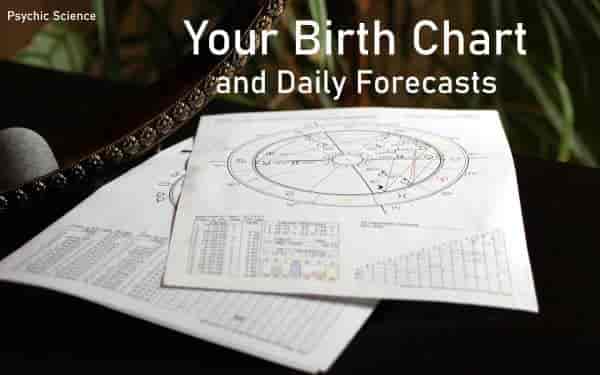
About Astrology
and our free astrological resources

What is Astrology?
Astrology is a symbolic system that interprets human significance from astronomical events, such as the movements of the stars, Moon, Sun, planets and other heavenly bodies.
While most people know their "star sign" and have some idea of what this is believed to indicate about their personality, there is much more to astrology than this!
In fact your star sign indicates only the Sun's position in the zodiac at the moment of your birth. A full astrological analysis involves considering the positions, not only of the Sun, but also the Moon and planets. Other astrological features are also taken into account, such as the zodiac sign rising in the East (the "Ascendant").
As you can imagine, calculating all of this information is a complicated task that, if done by hand, would take an experienced astrologer about an hour. Thankfully, modern software can perform these calculations in less than a second.
Once the chart (or horoscope) has been calculated and drawn up, interpretation of the various astrological features can begin.
Chart interpretation involves considering and creatively synthesizing the symbolic meanings and associations that can be attributed to each astrological element. These typically depend on its zodiac sign, its position in the sky from the perspective of an observer on Earth, as well as its angular relationship to other elements.
Interpreting charts requires intelligence, skill, and subtlety. It is best done by a professional astrologer. However, advances in software mean that basic chart interpretation can also be automated.
The astrological services provided on our site use these automated procedures. They are completely free to use and have the advantage of being instant and confidential.

A Brief History of Astrology
The cycles of day and night (Sun), tides (Moon), and the seasons dominated the lives of early hunter-gatherers. For nomadic and seafaring peoples, navigation by the stars was also vital to their survival.
With the emergence of settled communities, domestication of livestock, and the cultivation of crops, it became important to anticipate the changing of the seasons.
While seasonal changes could be observed from the weather, plant growth, and breeding cycles, more accurate predictions became possible with the invention of astronomical calendars.
As astronomical knowledge increased, sophisticated lunar and solar calendars were developed by civilizations in Mesopotamia, Egypt, India, and China. These regulated not only the agricultural cycles, but also religious festivals and rituals.
Astronomers in these civilizations also began to notice and track the movements that certain "stars" made across the backdrop of the fixed constellations. The Ancient Greeks called these moving stars planētai (wanderers), from which the modern word "planets" is derived. In ancient times, these comprised the five naked-eye planets (Mercury, Venus, Mars, Jupiter, and Saturn).
It seems likely that because the other moving heavenly bodies (Sun and Moon) affected their lives so profoundly, this gave rise to the notion that the planets (and occasional comet) might also influence human affairs.
Eventually this led to highly-developed systems of astrological belief and interpretation, especially in India, China, Greece, and the wider Greco-Roman world.
With the invention of the telescope, other planets (Uranus, Neptune, and Pluto) and major asteroids (e.g., Ceres, Chiron, Juno) have been discovered and integrated within traditional astrological systems.

Western Astrology
The zodiacal astrology that is most familiar to people in the West has its origins in ancient Babylonia, classical Greece, and the Hellenistic world.
Western astrology divides the annual path taken by the Sun, Moon and planets through the fixed stars into 12 Zodiac signs (Aries, Taurus, etc.). These zodiac signs are equal in size (30 degrees) and roughly overlap with the positions of the corresponding astronomical constellations as they appeared around 2000 years ago, when Ptolemy (c.100 – c.170 CE) systematized the principles of horoscopic astrology.
Note that, because of the phenomenon known as "axial precession", or "precession of the equinoxes" the astrological signs of the Western zodiac are no longer aligned with their corresponding astronomical constellations. Instead, the zodiacal system used in Western astrology (known as the "tropical zodiac" ) fixes the start of the zodiac sequence (Aries) at the Spring (Vernal) equinox. In this way, it is always possible to determine a person's star sign from their date of birth.
Further information on Western horoscopic astrology can be found on our interactive Birth Chart page.

Chinese Astrology
Chinese astrology developed during the early dynastic period, around the same time as Western astrology. Due to natural barriers, China was isolated from other civilizations during this period. As a result, it developed its own distinctive culture, philosophy and astrological understanding.
Chinese astrology therefore differs in significant ways from Western astrology. In particular it is based on a complex lunisolar calendar in which months and years are reckoned from the dates of New Moons. For this reason these dates vary from year to year.
Chinese philosophy recognizes a 60-year cycle in which successive years are assigned specific qualities determined by sequences of the five elements and twelve animal signs. Importantly, however, the Chinese elements and zodiac signs are very different from those recognized in Western astrology.
Chinese astrology takes many different forms. The two most widely used methods are:
Indian (Hindu) Astrology
Indian astrology can also be traced back to the second or first millennia BCE and to texts found in the ancient Sanskrit scriptures (Vedas) that are the foundation of Hinduism.
Some scholars believe that Indian astrology was influenced by Greek and Hellenistic ideas, while others argue that it developed independently. While there are unique features of Indian astrology (such as the 27 "lunar mansions"), there are also close parallels with the Western horoscopic system.
A major difference, however, is that Indian astrology uses the "sidereal zodiac" rather than the tropical zodiac of Western astrology. The sidereal zodiac adjusts for axial precession. For this reason, star signs in Indian astrology do not align with those of Western astrology.
Astrology remains central to Indian life and culture, with important decisions (such as marriage and business ventures) often dependent on astrological consultations.


